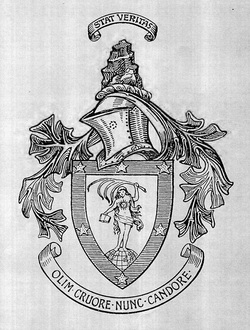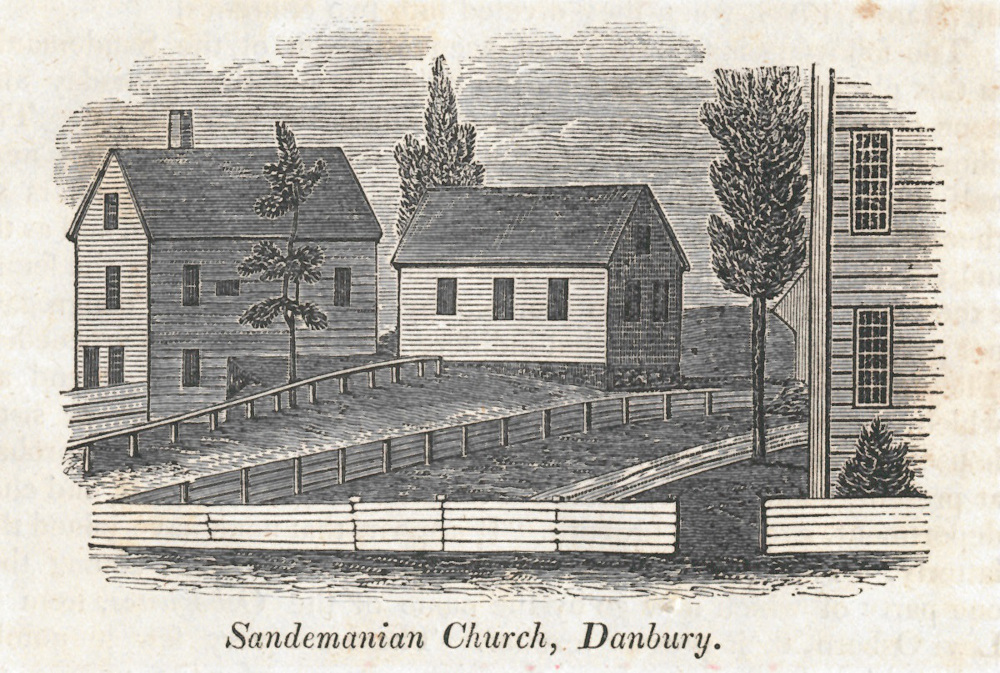A reader asks: “I sometimes wonder if when we do church, we’ve forgotten to commune together around a meal as Jesus instructed us to do?
“We’ve made ‘church’ a 1 1/2 hour service weekly. What if that is the smaller part of what God intended, that ‘church’ meetings are meant to be about meeting together over a meal, breaking bread, and drinking the cup together?
“Perhaps the Kitchen and the Dining Hall should be the larger area of the modern church?
“Just a few thoughts.”
Dear reader: You’ve come to the right place. I was adopted into a family with the surname Sandeman, giving me a unique perspective on this topic. In 1730 the Sandemanian church was founded by members of the clan (it is a Scottish name (for the nit-pickers, yes, it is a sept, not a clan). Unfortunately, the last Sandemanian church closed in 1984 in London.
It is weird to have the name of a church so often called heretical. The Sandemanian view of faith comes close to mere intellectual assent to Christian doctrine. Many Christian teachers, including John Wesley, rejected that at the time. Martyn Lloyd Jones wrote a critical essay in his book on puritan History.
“‘[…] it sets naked faith as the chief thing, believing without power, making little of convictions and a broken heart.’” said William Williams of Pantycelyn, quoted by Martyn Lloyd Jones.
No emotion, which I also take to mean no repentance, was required. Sandemanianism was a response to highly emotional religion but an overreaction. Seeking to avoid a sentimental Christianity, the Sandemanians opted for dry intellectualism.
The Sandeman idea resurfaces. If I get it right, the US evangelical leader Andy Stanley is accused of heading in that direction, though so far, I have not heard the curse word “Sandemanian” hurled at him.
But my dear reader was not asking about the doctrine of faith – I mention it to be upfront about the church that bore my surname.
In an attempt to return to the “primitive” church of the Bible, the Sandemanians re-introduced foot washing and the holy kiss. Ministers had to have full-time secular jobs. Holy Communion was held every week. And then there were the love feasts. It was a mix of the eccentric and the sensible. Much like me, in fact.
Between the morning and evening services on Sunday, the Sandemanians dined together each week.

The Sandeman family crest contains Bible imagery. According to a Sandeman genealogy:
The naked woman standing on the top of a globe represents truth,
The open book signifies the Word of God,
The branch of the palm tree signifies peace,
The sun represents the light of the Gospel and
The veil may represent Righteousness.
But the motto is more suspect doctrinally, roughly translated as “The Truth formerly testified by the blood of Christ is now testified by the sincerity of those who believe.”
Other churches have held love feasts – sometimes known as agape. In a letter, “A plain account of the people called Methodists, “ John Wesley described how he had Methodists hold love feasts once a month. “In order to increase in them a grateful sense of all His mercies, I desired that one evening a quarter all the men in a band, on a second, all the women, would meet and on a third, both men and women together that we might together ‘eat “bread’ as the ancient Christians did, with gladness and singleness of heart.” At these Love feasts (so we termed them, retaining the name as well as the thing that was in use from the beginning), our food is only a little plain cake and water, but we seldom return from them without being fed not only with ‘the meat which perisheth,’ but with ‘that which endureth to everlasting life.’”
The agape or love feasts appear to have Biblical warrant. In his Evangelical Dictionary of Theology, Walter Ewell describes it this way. “The brotherly love between Christians that was enjoined by Jesus (John 13:34, Greek Agapé) found its expression in three practical ways. It was commonly exercised in almsgiving: hence on 26 occasions, agapé is translated as ‘charity.’ In church gatherings and in Christian greetings, it was displayed by the kiss (! Pet. 3:14. See also Rom. 16:16; 1 Cor 16:29; 2 Cor 13:12; 1 These 5:26). Gradually, the term began to be applied to a common meal shared by all believers. Although these meals are called agape only in Jude 12 and possibly 2 Peter 2:13, where there is a variant reading of agape’s for apatais 9’decievings’), there is a considerable amount of evidence for their existence in the early church.”
Which evidence Elwell proceeds to give!
Another example of love feasts is the Alpha and other evangelistic courses that incorporate a meal. Countless organisers attest that the meal creates a closer tie between the members of each table.
Alpha and other courses are part of the life of my church. And looking at an aerial photo of our site, I reckon the hall is bigger than the church, though arguably uglier. Someone really should write an appreciation of the unloved but functional church hall.
So, dear reader, I know of one church that carries out the ideals you seek.
I fancy the love feasts are the one thing my ancestors almost got right in their Sandemanian church.

